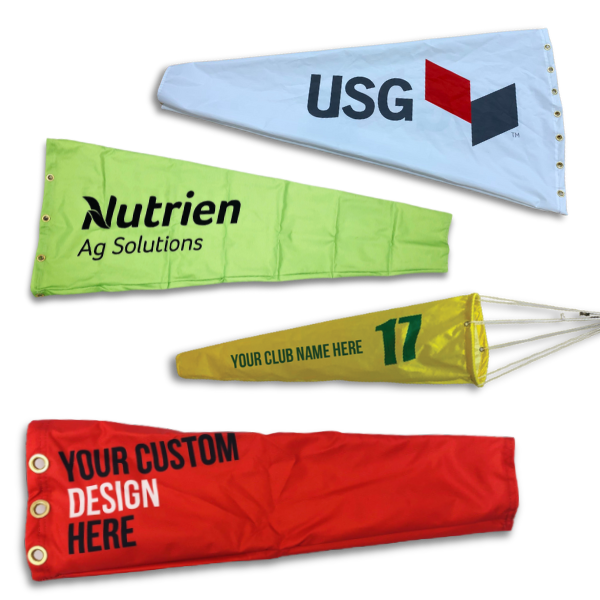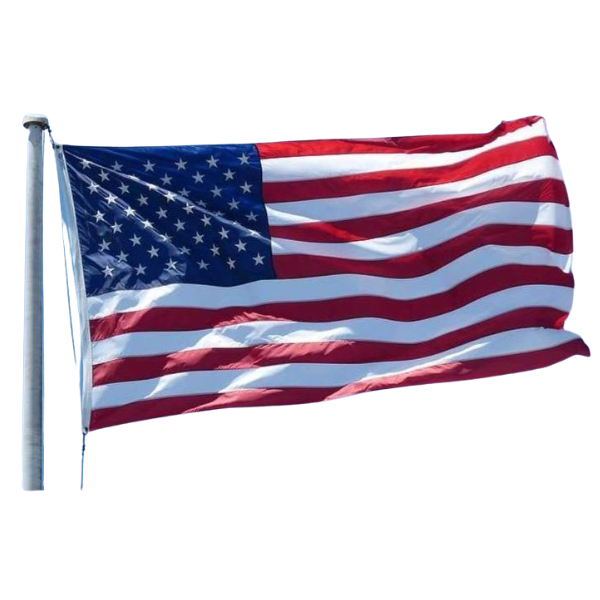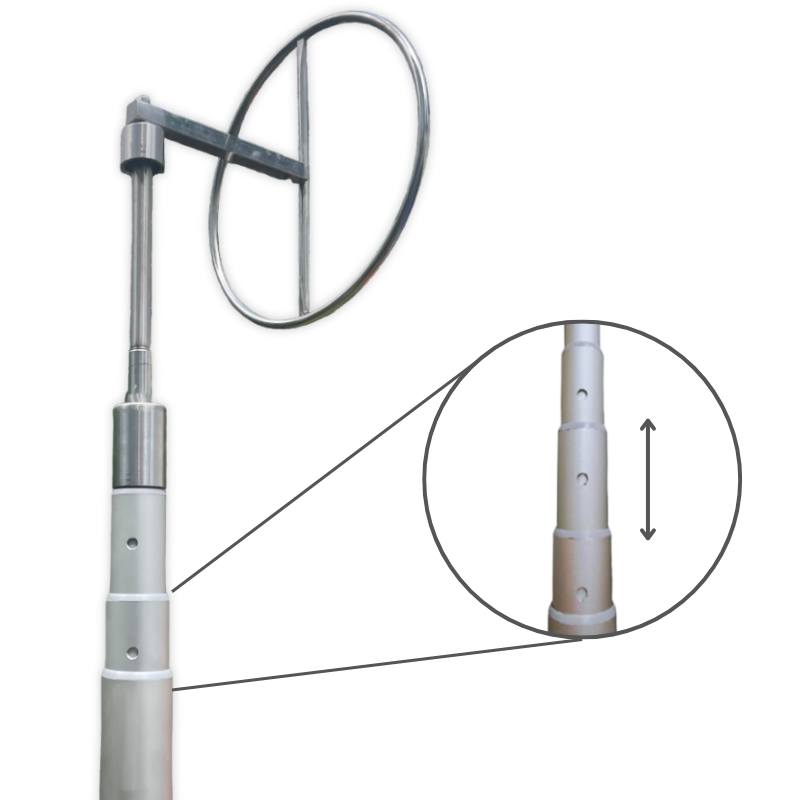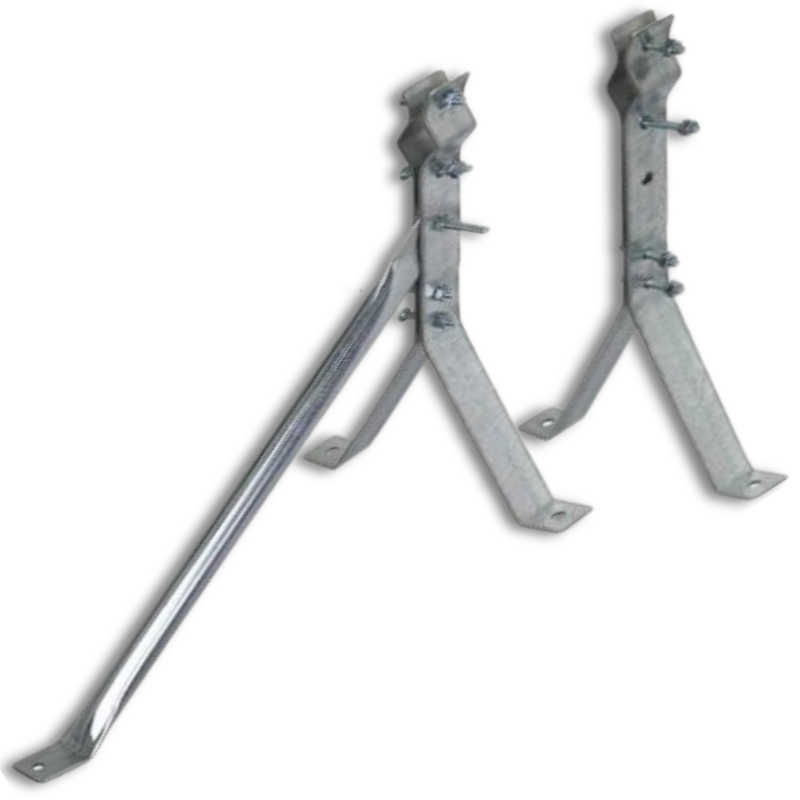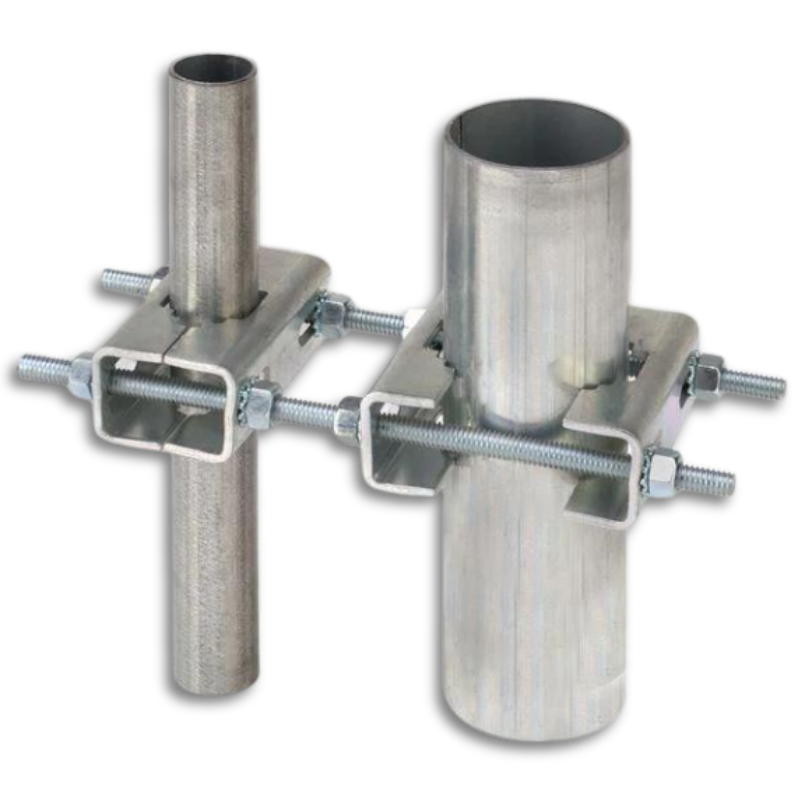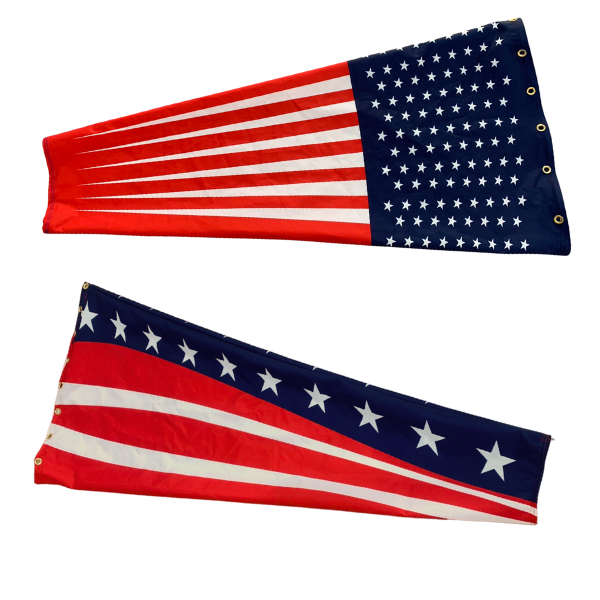As you can imagine, windsocks are of dire importance in many situations. At airports, heli pads, industrial plants, pipelines and factories, windsocks are visual indicators that help viewers determine the speed and direction of wind. This is especially important when there is potential for harm like dangerous cross winds, or gas releases or harmful chemical spills. With such an important function, it stands to reason that windsocks should be regulated or governed by some sort of standard. Without a standard, how could anyone know if the information being displayed by one windsock is more correct than another?
And this is why the FAA has guidelines on windsock construction as seen on their FAA Specification for Wind Cone Assemblies publication AC No: 150/5345-27F. In short, FAA compliant windsocks are designed such that:
- The windsock must be fully extended when subjected to a wind of 15 knots (17 mph or 28 km/h).
- The are in the shape of a truncated cone
- The are reinforced at all points
- Designed to allow for replacement, removal and installation without specialt tools
- Are constructed to allow water drainage from the windsock frame basket (if an extended frame is used)
- Dimensions that are stipulated are 18"diameter x 96" length and 36" diameter x 144" length
- The fabric that is used should be water repellant and made of a synthetic material or blend of synthetic and cotton
- The color must be white or orange or yellow, as per client specifications
- The fabric must have a minimum breaking strength of 150 lbs as defined by the “Strength and Elongation, Breaking of Woven Cloth; Cut Strip Method” standard defined in of FED-STD-191A
- The fabric must achieve a “Good” or “Excellent” rating for colorfastness as determined by Method 5671, “Colorfastness of Textile Materials to Weather; Accelerated Weathering Method” of FED-STD-191A.

